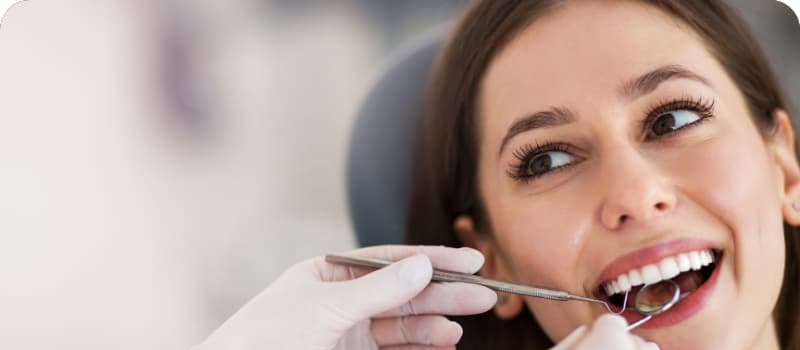
Remove Plaque and Tartar
Share
Removing Plaque and Tartar: The Complete Guide to a Healthy Smile
Plaque and tartar are the main enemies of good oral hygiene. Their accumulation can lead to cavities, gum disease and bad breath. Fortunately, there are effective ways to remove them and prevent their formation. In this article, we explain everything you need to know to maintain healthy teeth and a bright smile.
1. Understanding Dental Plaque and Tartar
What is dental plaque?
Plaque is a thin, sticky layer of bacteria, food debris and saliva that forms naturally on teeth. If not removed properly, it mineralizes and turns into tartar.
And what is tartar?
Tartar (or dental calculus) is a hard, yellowish deposit that forms when dental plaque builds up and calcifies from contact with minerals in saliva. Unlike plaque, which can be removed by good brushing, tartar requires professional intervention at the dentist.
2. How to Remove Dental Plaque Daily?
1. Use a sonic electric toothbrush
Sonic electric toothbrushes, like those available on Nomad.boutique , are particularly effective in removing dental plaque thanks to their rapid vibrations which dislodge residue between the teeth and along the gums.
2. Adopt a good brushing technique
Brush your teeth at least twice a day, for two minutes.
Use a small circle brushing technique to effectively clean all tooth surfaces.
Don't neglect the tongue and inside of the cheeks to eliminate bacteria responsible for bad breath.
3. Complete with dental floss or interdental brushes
Brushing alone is not enough to remove plaque between teeth. Flossing or using interdental brushes at least once a day helps reach hard-to-reach areas.
4. Opt for an antibacterial mouthwash
An alcohol-free mouthwash helps reduce the growth of bacteria that cause plaque and bad breath. It should be used in addition to brushing, not as a substitute.
3. How to Get Rid of Tartar?
If plaque has already turned into tartar, no home product or technique will be able to remove it effectively. Here are the appropriate solutions:
1. Scaling at the Dentist
The dentist uses an ultrasonic scaler or hand instruments to remove hardened tartar from the teeth and under the gums. Scaling is recommended every 6 to 12 months.
2. Anti-Tartar Toothpastes: Prevention, Not Treatment
Some toothpastes are formulated to limit tartar formation, but they cannot eliminate it once it is present.
3. Adopt a Balanced Diet
Some foods promote the buildup of plaque and tartar, while others help naturally clean teeth:
To avoid : foods high in sugar, sodas and sticky foods.
To be preferred : apples, carrots and cheese, which stimulate saliva production and help eliminate food residue.
4. Natural Tips to Complete Oral Hygiene
Although they are not a substitute for good brushing, some natural methods can help maintain a healthy mouth:
Baking soda : used occasionally, it can help remove surface stains and neutralize oral acidity.
Coconut oil (oil pulling) : Swishing coconut oil in your mouth for 10 to 15 minutes may help reduce oral bacteria.
Aloe vera : thanks to its antibacterial properties, it can be used in addition to a classic toothpaste.
5. Conclusion: Prevention, Your Best Weapon
Plaque and tartar are common problems, but preventable with a good oral hygiene routine. Using a sonic electric toothbrush, along with proper brushing, flossing, and regular visits to the dentist, is the key to a bright smile and healthy mouth.
Want to optimize your dental hygiene? Discover our selection of sonic electric toothbrushes on Nomad.boutique and adopt an effective routine today! ✨
💡 And you, what are your tips for avoiding plaque and tartar? Share them in the comments! 😊
